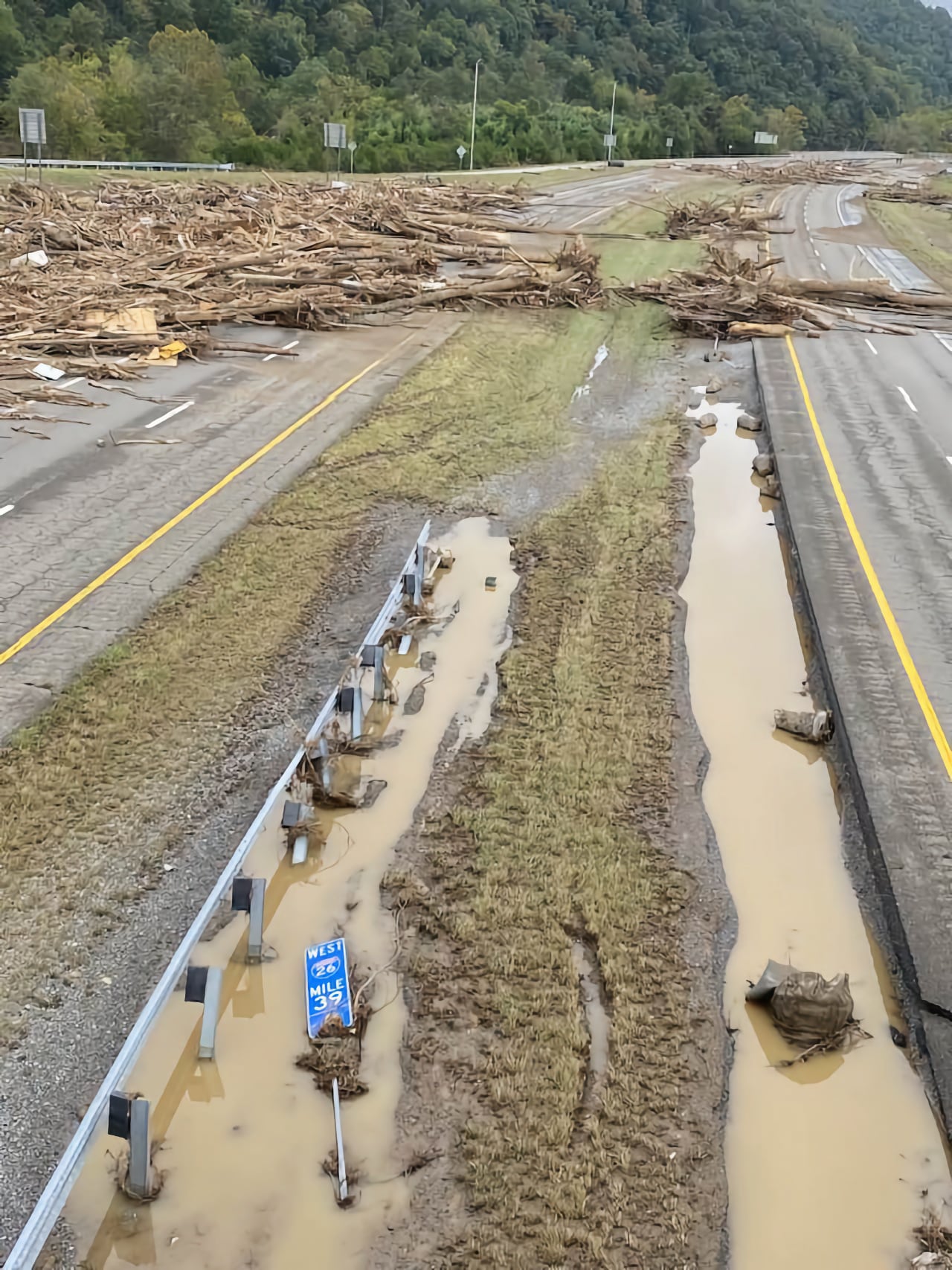![Erwinflood1]() Hurricane Helene was fueled by unusually warm waters in the Gulf of Mexico before it began its deadly and destructive push into East Tennessee and Western North Carolina. Scientists said global climate change made the storm considerably worse than it would have been in natural conditions. East Tennessee leaders announced a regional climate plan focused on reducing local contributions to climate change. Thomas Fraser/Hellbender Press
Hurricane Helene was fueled by unusually warm waters in the Gulf of Mexico before it began its deadly and destructive push into East Tennessee and Western North Carolina. Scientists said global climate change made the storm considerably worse than it would have been in natural conditions. East Tennessee leaders announced a regional climate plan focused on reducing local contributions to climate change. Thomas Fraser/Hellbender Press
Plan suggests actions on public and private levels to slow warming climate
KNOXVILLE — Area leaders unveiled a plan to improve air quality, health and quality of life across the metro region.
Breathe: A Climate Action Plan for the Knoxville Region, released Nov. 12, is the result of a two-year collaboration, and is the region’s first comprehensive climate action plan.
The city collaborated with regional leaders and a working group of representatives from over 50 organizations across nine counties to help shape the plan’s goals and strategies, ensuring they reflect the region’s priorities and constraints.
The plan was funded through the U.S. EPA Climate Pollution Reduction Grant program, which the city of Knoxville was awarded in 2023.
Individuals can make personal climate pledges and find resources to help achieve them on the project website. The plan and all related materials, pledge, and list of resources can be found at www.knoxbreathe.org.
Regional and local officials, including Mayor Indya Kincannon, along with the working group members attended a launch event to celebrate the completion of the plan, which sets greenhouse gas emission reduction targets of 40 percent by 2035, and 75 percent by 2050, relative to 2022 emissions.
To reach these targets, the plan outlines a collection of strategies, such as increasing energy efficiency and weatherization of residential, commercial, and industrial buildings; transitioning to electric and alternative fuel vehicles in public fleets; and accelerating the deployment of clean and distributed energy. Those strategies are organized by the following sectors: buildings, transportation, energy, waste, natural and working lands, and agriculture.
The plan also provides analysis of workforce development needed to implement these strategies. While the strategies outlined within the plan address community-scale solutions, additional resources were developed during the planning process that support individual actions.
